When an individual is involved in a slip and fall accident at a business, in all likelihood, he or she is going to be considered an invitee of that business. A business owes an invitee the highest duty of care, which, depending on the jurisdiction’s precise language, typically includes a duty to use reasonable care to keep the premises safe, as well as a duty to warn invitees of potentially dangerous conditions. When a business fails to abide by those proscribed duties, it may be liable for injuries sustained on its premises in the event of a slip and fall accident.
For the individual involved in the slip and fall accident, certain measures may be taken to ensure proper documentation of the incident itself. This may include taking photographs of the condition of the flooring or tripping hazards that existed at the time of the injury. This may also include photographing the condition of the flooring, for example, if it is wet and slippery, and photographing any signage, or lack thereof, near the subject area where the accident occurred. Photographs of the subject location taken soon after the accident may provide the best evidence of the conditions of the flooring before any cleanup or other subsequent remedial measures. Additionally, photographs taken soon after the accident may capture whether or not there was proper signage that would warn an invitee of the dangerous condition – specifically if the business had prior notice of its existence. Further, gathering contact information of witnesses and any employees who rendered assistance may also be essential if they leave the scene promptly or are omitted from any forthcoming incident reports generated by the business.
In addition to documenting the scene, there is oftentimes surveillance video footage of a slip and fall accident in the property owner’s possession. While businesses frequently refuse to produce the footage voluntarily before litigation, it is imperative to put the property owner on notice of the slip and fall accident and demand that they preserve any evidence of the slip and fall accident. Some cameras automatically record over existing footage after a specific number of days, and some may automatically delete footage if it is not exported onto another device for preservation. To avoid the destruction of evidence, such as video footage, a spoliation notice should be sent to the business owner as soon as possible after the accident. If the business ignores or dismisses the requests in the spoliation notice, a court may later award sanctions if the case reaches litigation.
After sending requests directly to the property owner to preserve evidence, an individual should also consider whether there are additional parties or other businesses that may have relevant information, video footage or documents related to the slip and fall accident. For example, if the accident occurs at the exterior of a business, but there are other nearby entities with cameras facing the direction of the accident, those avenues of evidence should be explored as well. There are also instances where governmental involvement is present, which could warrant a public information request to obtain evidence in the possession of government entities. For example, if the accident occurred at a government property or during the scope of employment where an OSHA investigation was triggered, there may be evidence available by submitting a proper Public Information Act request. Although each state is going to have its own statutes regarding public information, generally, these statutes are construed in favor of disclosure. While each slip and fall accident is going to have different circumstances and different liable parties, the above-referenced actions are a starting point to ensure that an individual’s claim is properly investigated, materials are protected and evidence is available for formulating the facts and future presentation of the accident.


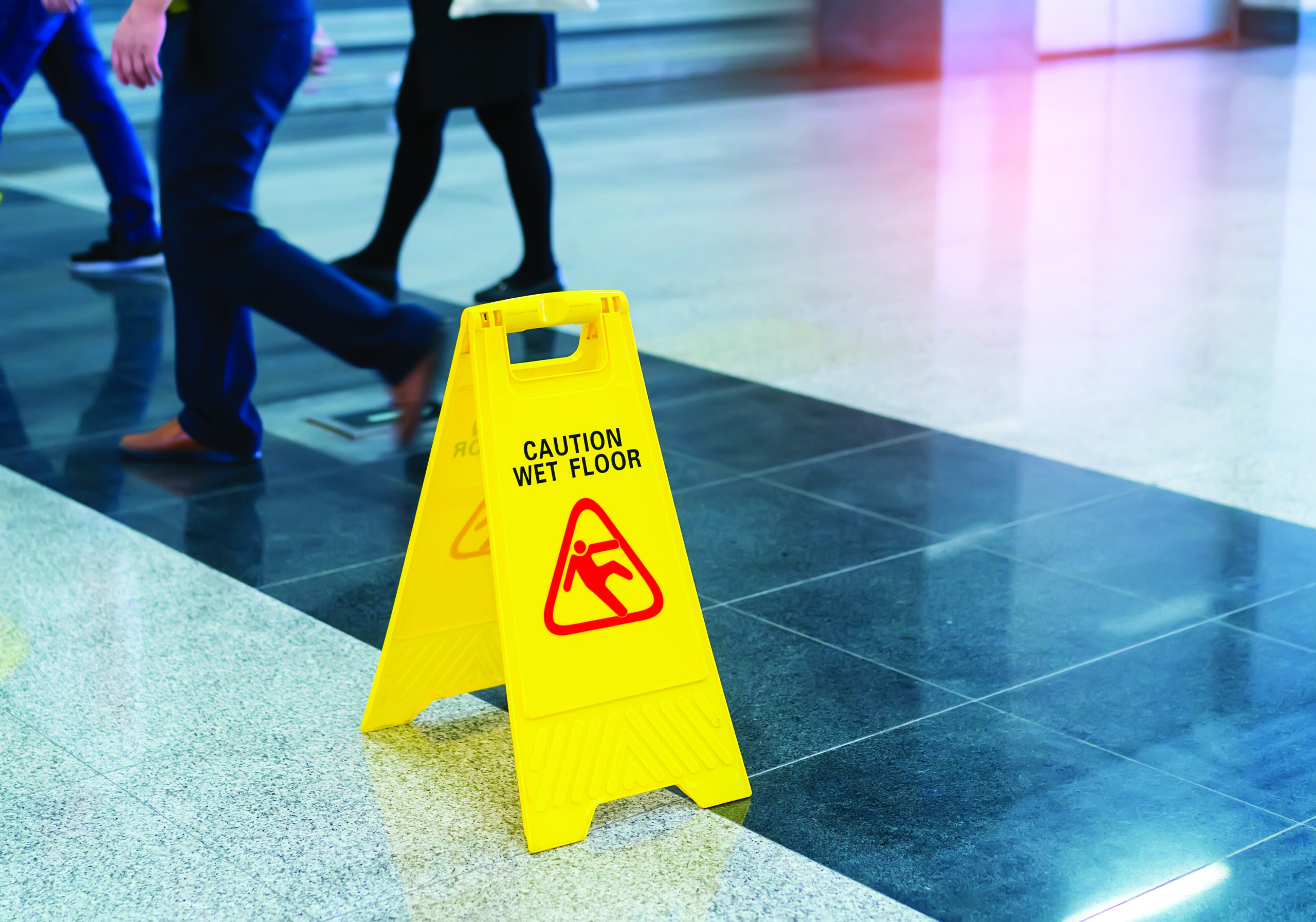
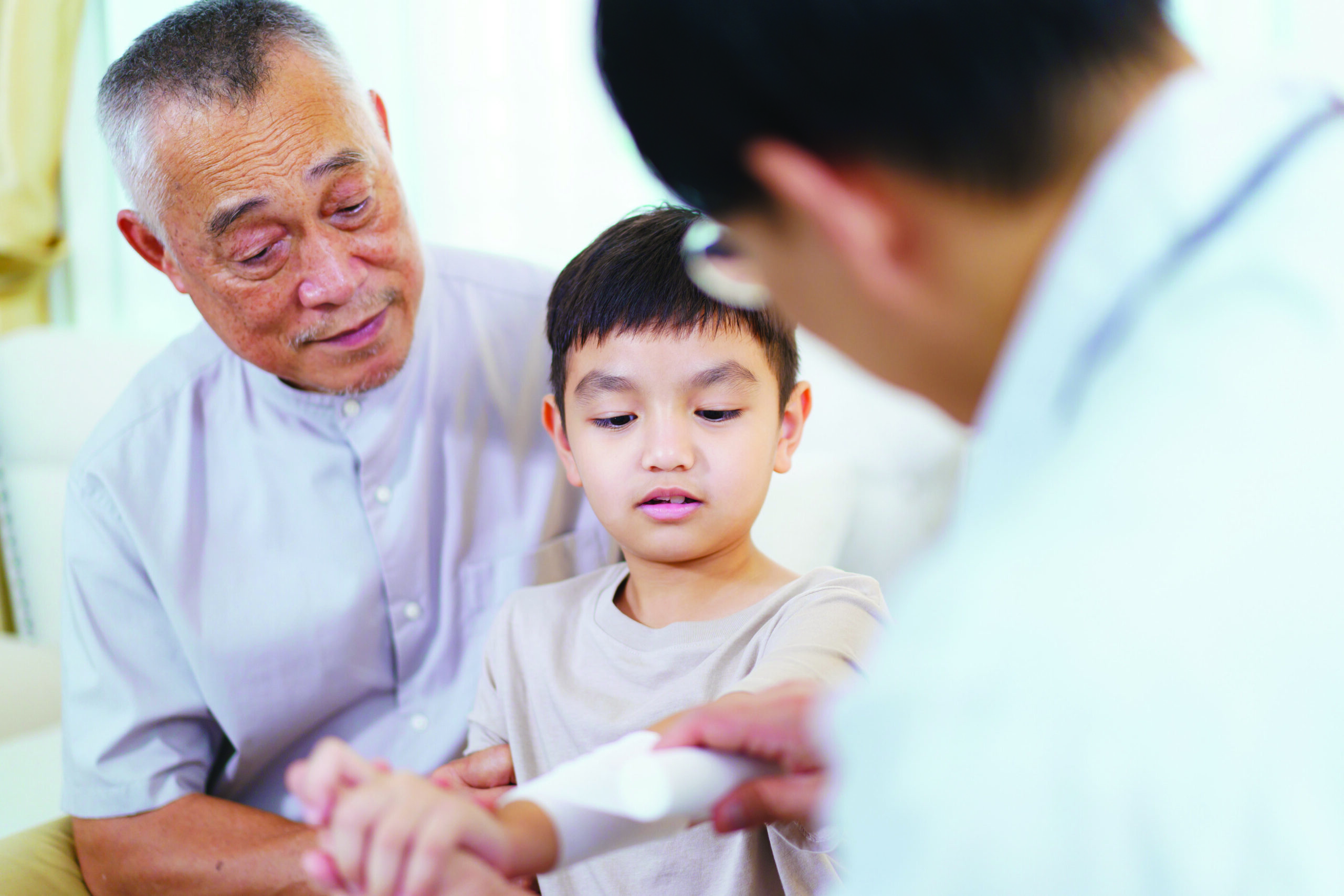

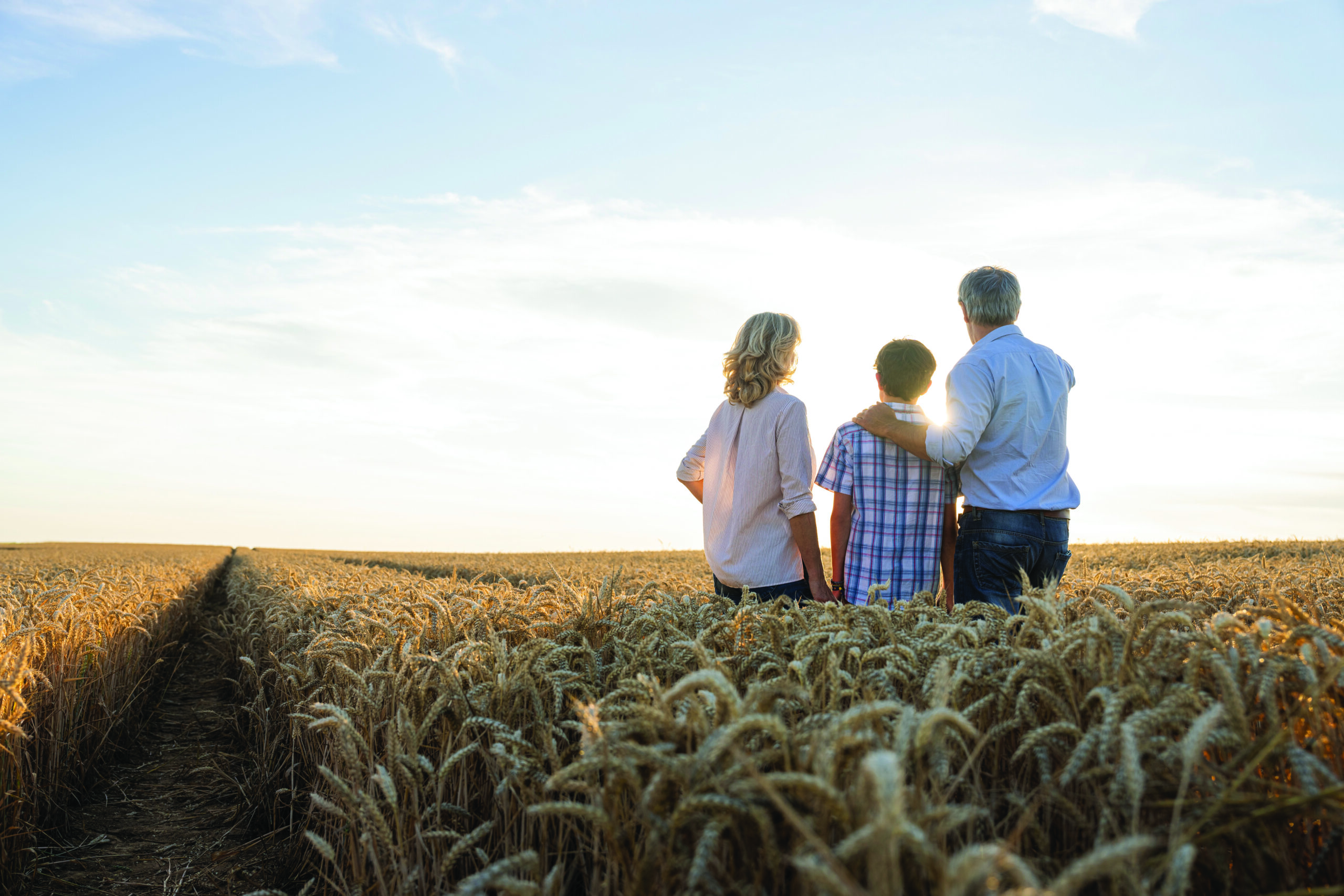
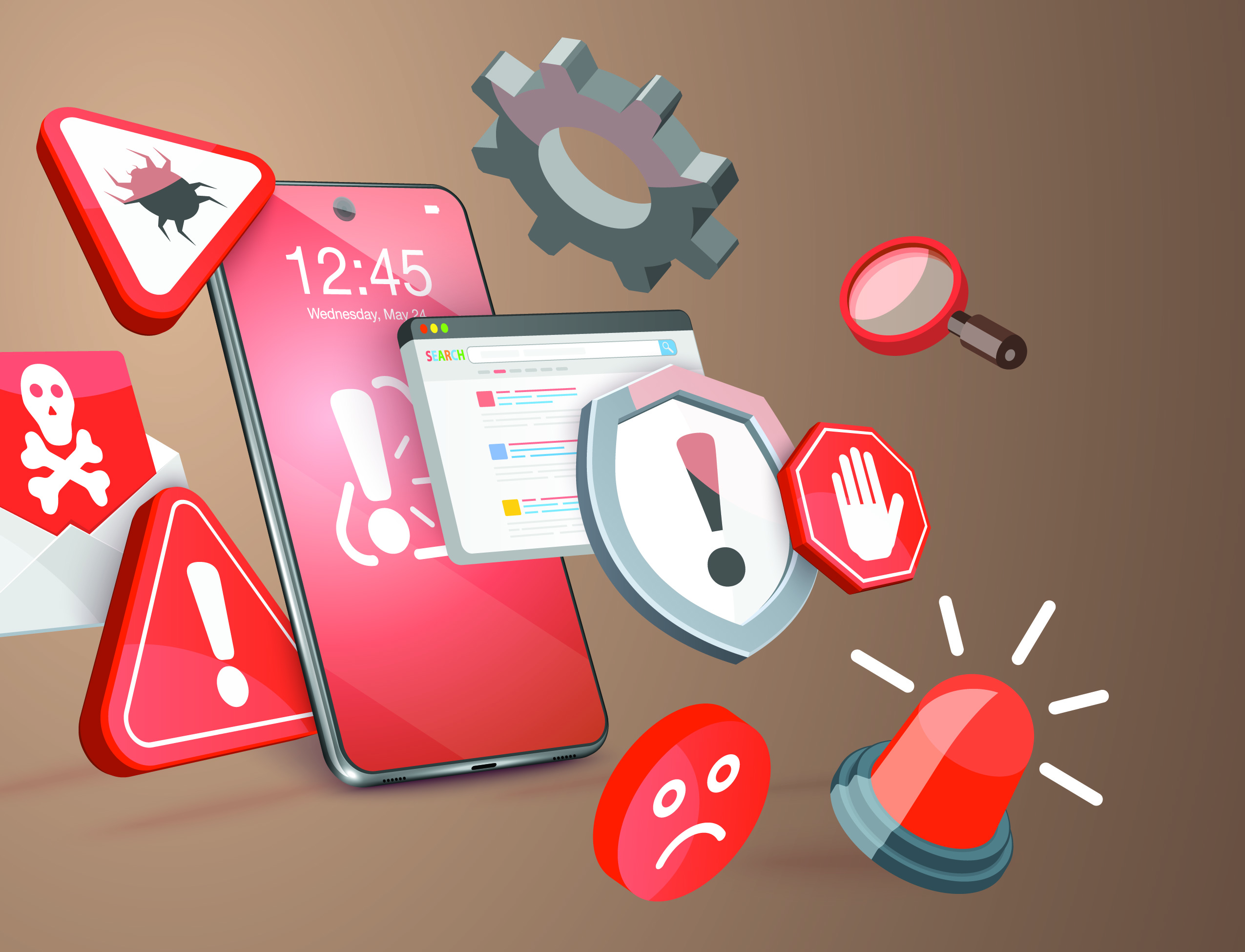
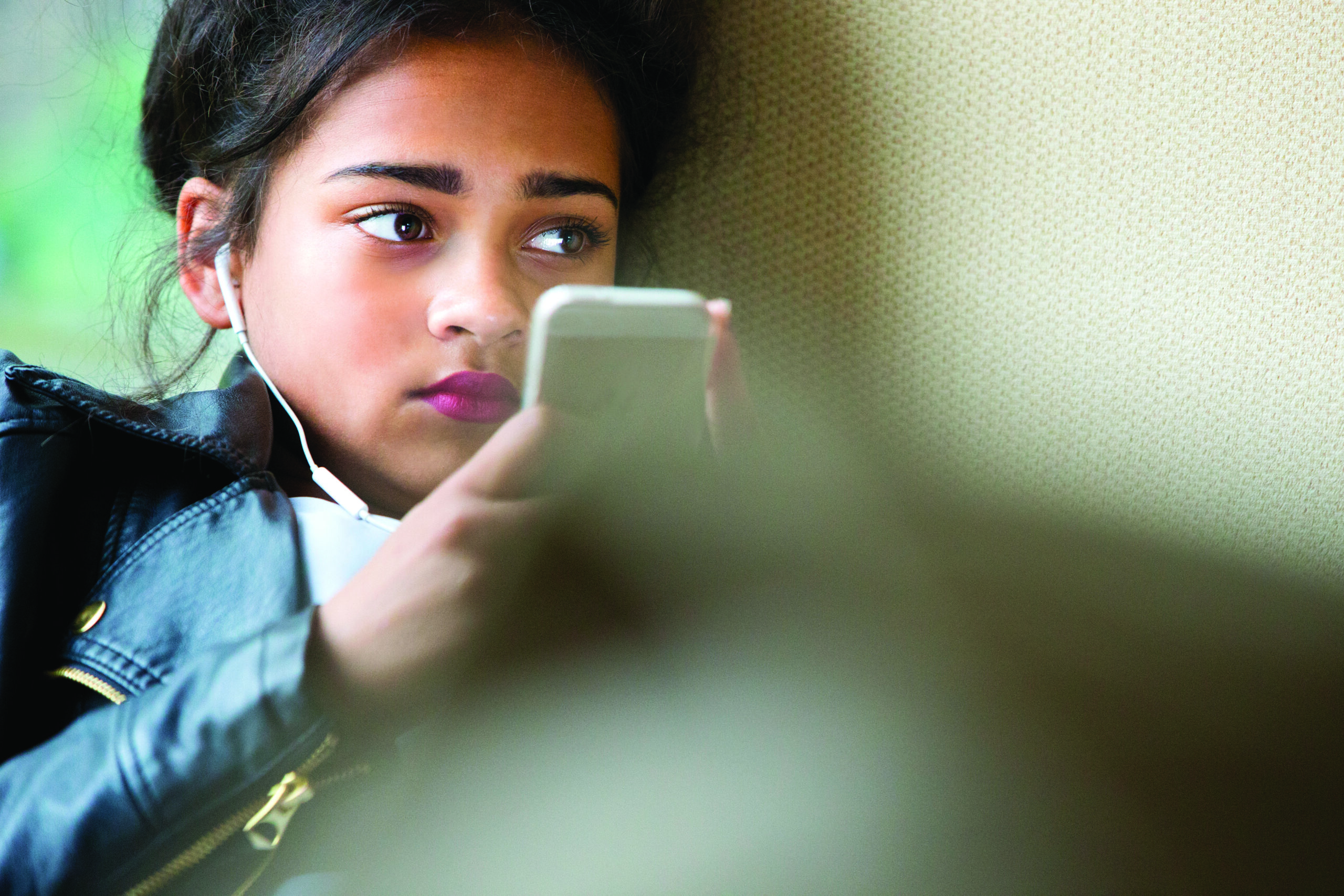
Leave A Comment